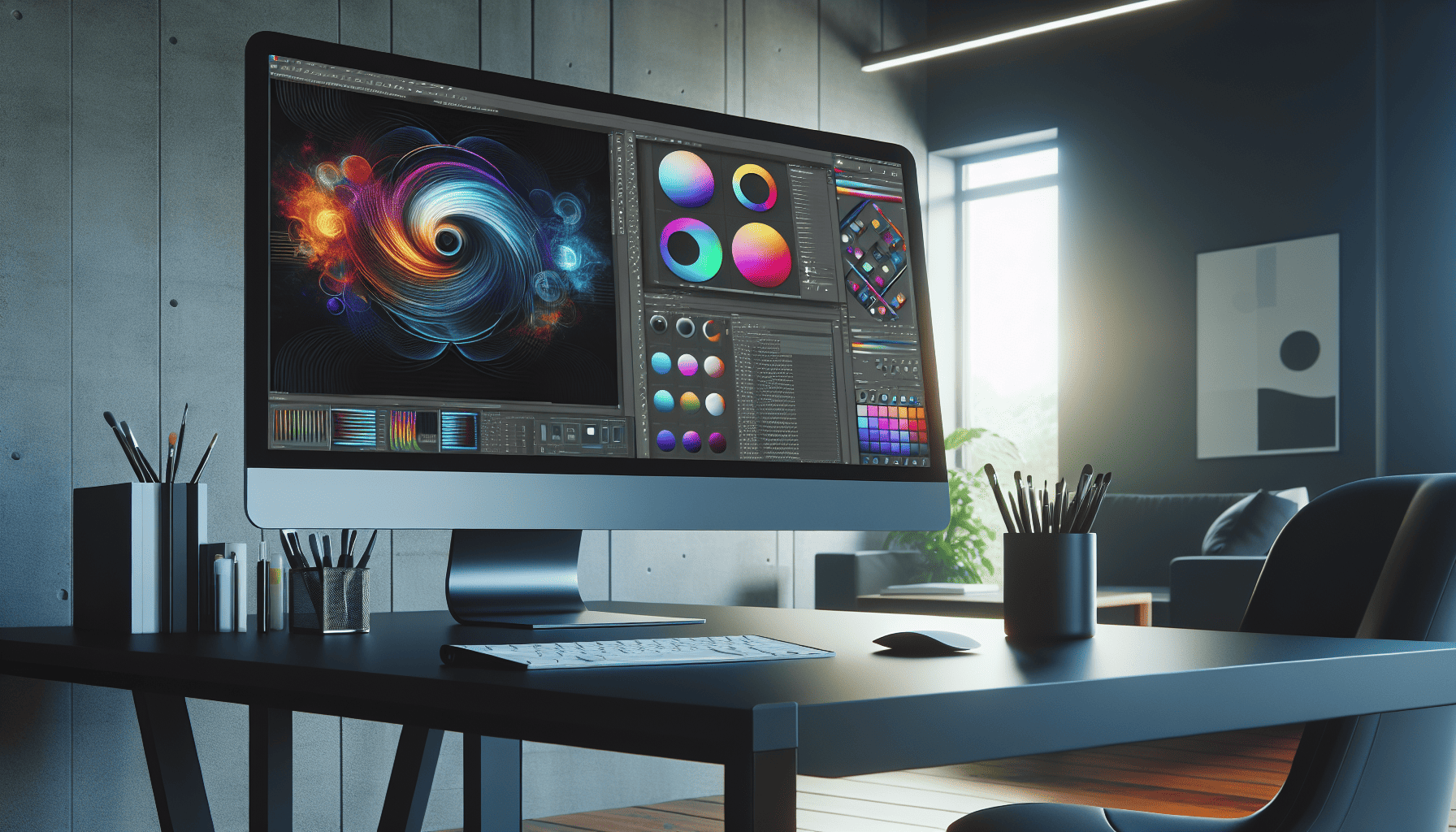In today's fast-paced digital world, graphic design has become an essential component of communication across various industries. With the increasing demand for visually appealing content, designers need tools that not only help them create stunning visuals but also enhance efficiency and creativity. The graphic design landscape is continuously evolving with innovative tools that promise to make the design process smoother and more sophisticated. Here, we explore some of these cutting-edge tools that are transforming the way designers work.
1. Adobe Creative Cloud Suite
It’s impossible to discuss graphic design tools without mentioning Adobe Creative Cloud. Trusted by professionals worldwide, Adobe offers a suite of tools that cover everything a designer might need, from Photoshop for image editing to Illustrator for vector graphics. The integration of Adobe Sensei, an AI-powered feature, enhances user experience by automating tasks, predicting next steps, and ensuring designs maintain a professional quality. The ongoing updates and cloud-based storage further ensure that collaborative, remote work is seamless and effective.
2. Figma
Figma has emerged as a game-changer for UI/UX design. Unlike traditional graphic design tools, Figma revolutionizes the collaboration aspect by allowing multiple users to work on a design project simultaneously, akin to Google Docs for design. This real-time feature streamlines the workflow and enhances productivity in team environments. The intuitive interface and the ability to prototype and test within the same platform make it a favorite among web designers aiming for efficiency without sacrificing creativity.
3. Canva
For those who might not have formal training in graphic design, Canva serves as an accessible yet powerful tool. Its drag-and-drop feature, combined with a vast library of templates, images, and fonts, democratizes design. Canva has also introduced advanced features that cater to professional needs, such as brand kits and design resize options. This makes it ideal for content creators and small businesses aiming to produce high-quality visuals without investing in more complex software.
4. Procreate
Procreate has become the go-to app for digital illustrators and artists using iPads. It offers a robust set of tools that mimic traditional painting tools, with endless brush options and customizability. The app's performance is highly optimized, providing a smooth drawing experience even with the largest canvases. Furthermore, Procreate's time-lapse feature allows creators to record and share their process, an invaluable tool for educators or artists looking to engage with audiences on platforms like YouTube and Instagram.
5. Affinity Designer
As a direct competitor to Adobe's powerhouse tools, Affinity Designer offers a powerful alternative without the subscription model. Suitable for creating illustrations, branding, and websites, Affinity oozes versatility. Its responsive and smooth interface, along with features like real-time pixel preview, custom brushes, and non-destructive layers, makes it a favorite among many professional designers who seek affordability without compromising quality.
6. Sketch
For designers focused on user interface and experience, Sketch remains a leading choice. Sketch offers a simplified approach with specialized features for vector editing and the creation of interactive prototypes. The robust ecosystem of third-party plugins enhances its functionality, allowing designers to expand their toolbox based on specific project needs. Although it’s macOS-exclusive, Sketch continues to be a mainstay for UI designers due to its innovative approach to typography and layout designs.
7. Blender
Although primarily known for 3D design, Blender is breaking barriers as a free and open-source tool that brings high-end animation and rendering capabilities to the table. Recent updates have made Blender more accessible to graphic designers, thanks to an improved interface and features that simplify the creation of models, motion graphics, and special effects. Perfect for those looking to infuse their designs with 3D elements, Blender remains a cutting-edge tool for creative professionals aiming to push boundaries.
These tools represent just a glimpse into the dynamic and ever-evolving world of graphic design solutions. As technology continues to advance, the capabilities of these tools will inevitably expand, offering even more opportunities for creativity and innovation. For designers, staying abreast of these developments not only enhances their skillset but also keeps them ahead in the competitive landscape of digital artistry.
